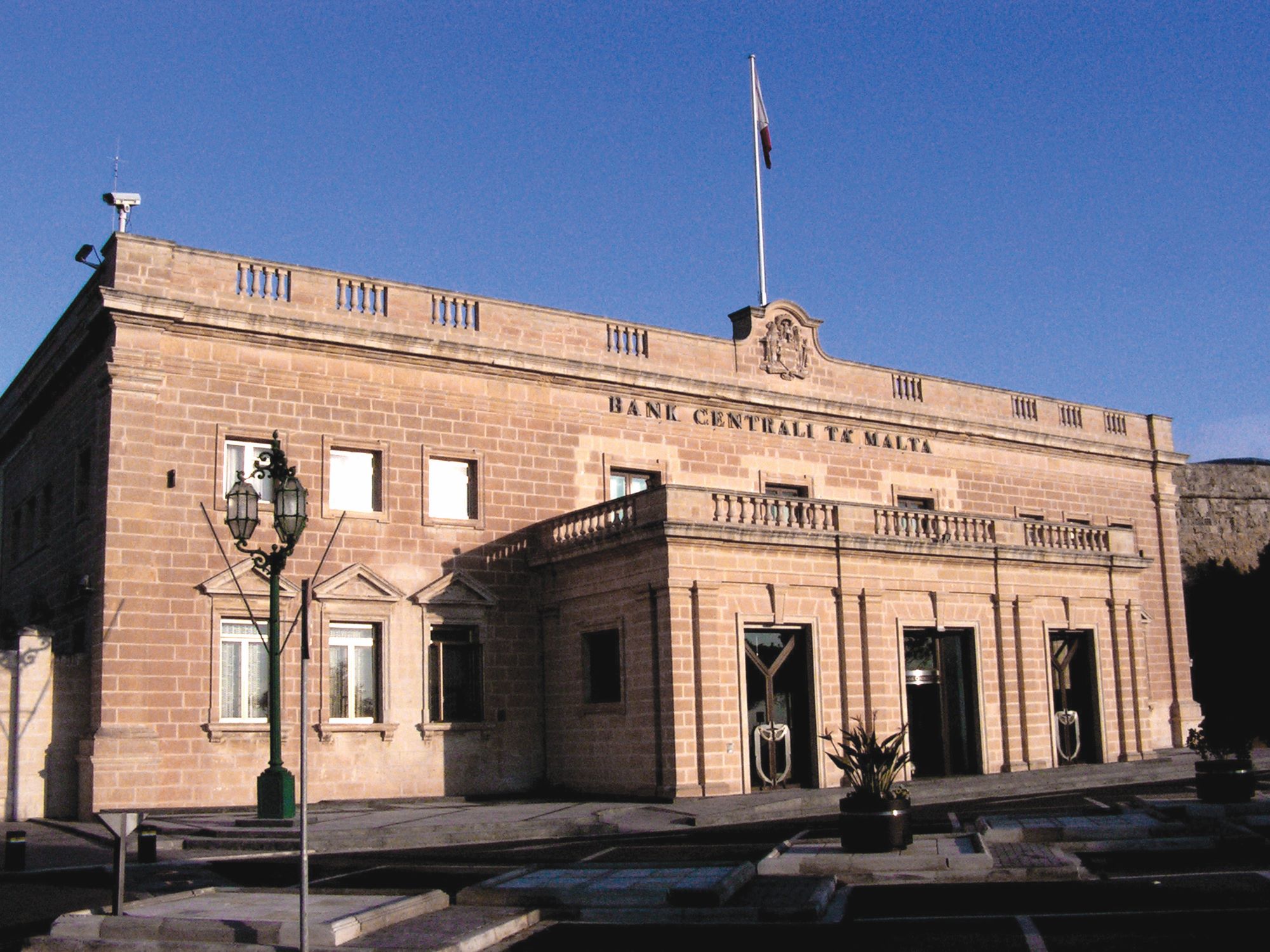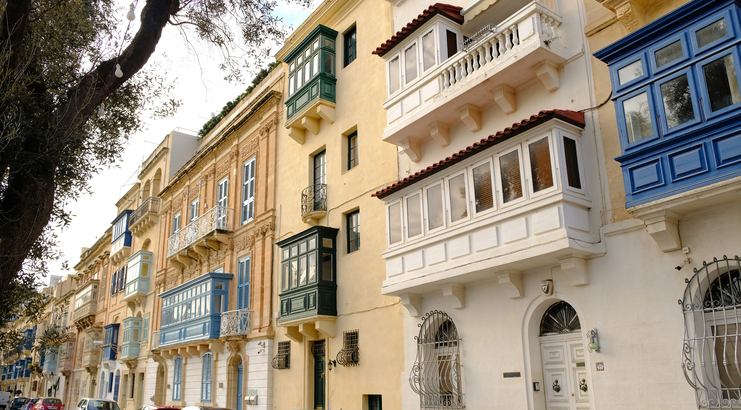The Central Bank of Malta (CBM) has altered its economic projections for the coming months and years, reporting a more optimistic outlook of the country’s economic prospects – with GDP now expected to grow by 5.1 per cent in 2021.
In 2022, it is expected to grow by 5.9 per cent, and in 2023 by 4.7 per cent. This represents an upgrade of 0.2 percentage points in 2021 and a 0.4 per cent higher projection for 2022.
However, the outlook for the tourism sector remains very cautious and has been revised down, the CBM observed.
“Tourism has been strongly affected by the pandemic and the ensuing efforts to mitigate its spread, both within communities and across countries.”
Disruptions to Malta’s industry were further amplified by national characteristics of the industry, such as the inability of tourists to travel to Malta using their own transportation – which is feasible in other continental European countries – and the small size of the national market for internal tourism when compared to the foreign component, it added.
The overall upward revision in 2021 is driven primarily by stronger than previously expected private consumption and non-tourism exports, reflecting respectively improved consumer sentiment due to the higher vaccination rate, and higher foreign demand.
These tailwinds are partly offset by weaker tourism exports than those envisaged in the June 2021 projection round, the bank reported, adding that elevated labour shortages are assumed to limit the speed of recovery in 2021.
The factors are expected to be less relevant in 2022 as progress with vaccination in trading partners should contribute to a recovery in travel flows. Hence, in 2022, GDP growth is being revised upwards more significantly than in 2021.
The bank expects domestic to be the main driver of growth, though the recovery in all demand components will be partially absorbed by an increase in imports.
Net exports are expected to exert a smaller negative impact on GDP growth in 2021, as foreign demand starts to recover, with a positive contribution thereafter.
Additionally, the bank projected employment growth to be contained in 2021, in part due to the fact that net migration flows are constrained by ongoing COVID-related travel restrictions.
Working hours are envisaged to gradually return to normal. Employment growth is therefore set to decelerate to 1.1 per cent this year, and pick up gradually in the following years, reaching 2.9 per cent in 2023.
Unemployment is projected to fall to 3.5 per cent, which would mark a new record low for Malta. Wage growth is set to rise significantly over the projection horizon and exceed inflation consistently.
Featured Image:
Graphic by Moviment Graffitti
Unpacking Malta’s new American-style bankruptcy framework
The EU is reforming its insolvency rules to adopt some of the most beneficial elements of the US framework
More than half of all workplace deaths in last two years involved construction
No women died on the job in 2022 and 2023
Government shells out close to €70 million to national bus operator Malta Public Transport in 2023
Buses became free for residents in late 2022, leading to a hefty increase in the public subsidy






